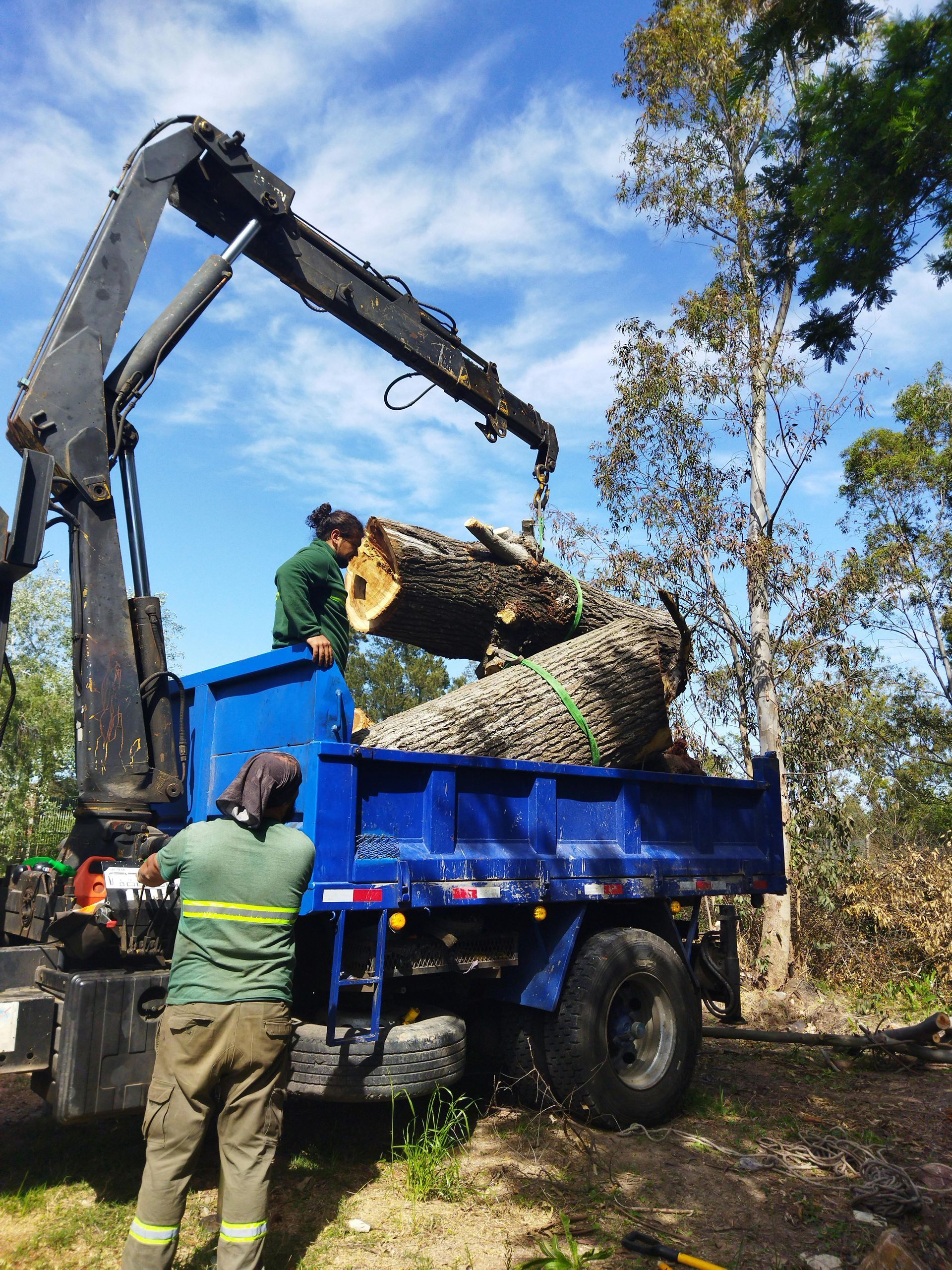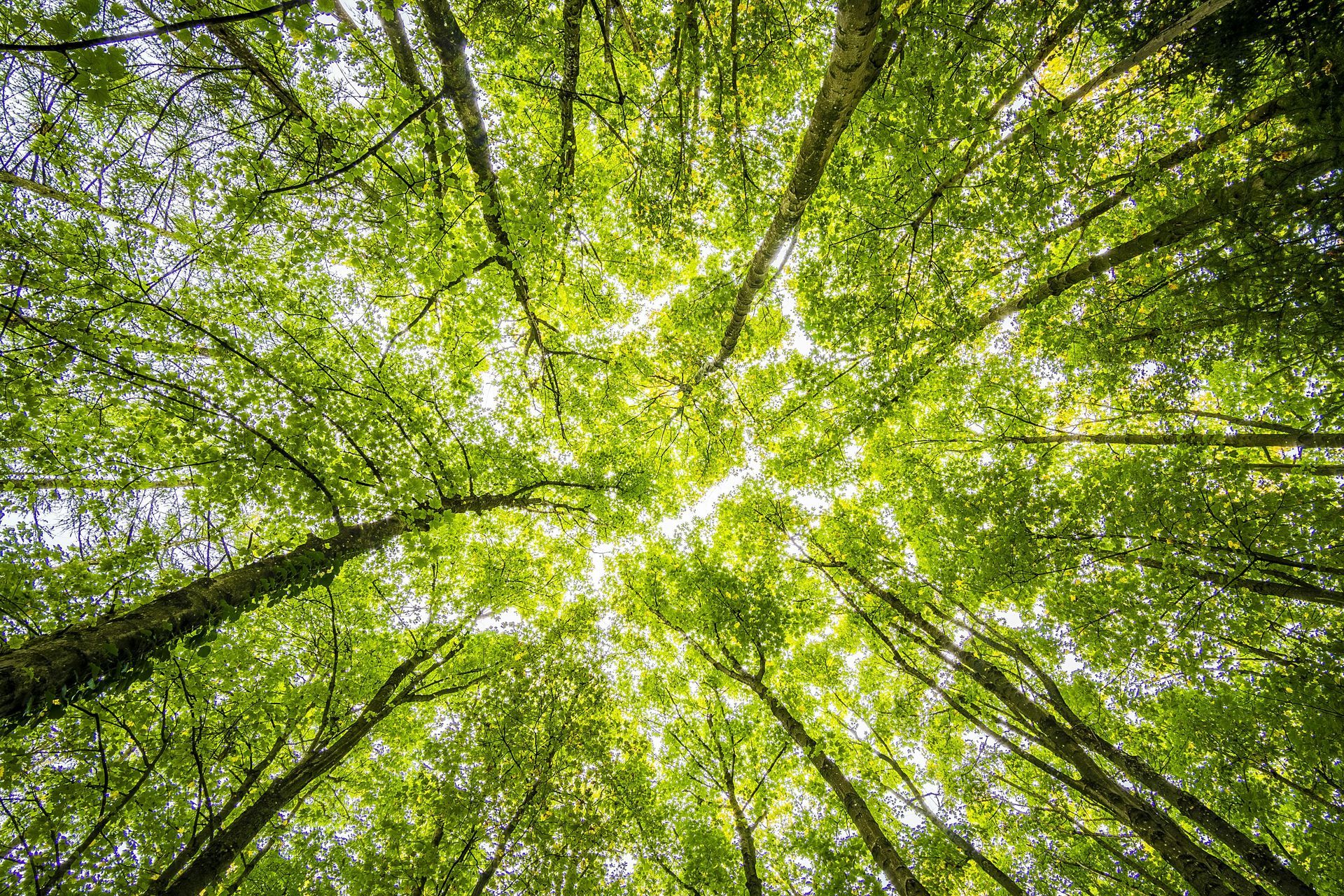Identifying Thirsty Trees in Your Yard
A lush, green landscape is a source of pride for any homeowner, and healthy trees are the cornerstone of that beauty. They provide shade, enhance curb appeal, and contribute to the environment. However, keeping trees vibrant and healthy, especially in Colorado's variable climate, requires a good understanding of their needs. One of the most critical needs is water, but not all trees are created equal. Some species are naturally drought-tolerant, while others are incredibly thirsty and require significant moisture to thrive.
Misjudging a tree's water requirements is one of the most common and damaging mistakes a homeowner can make. Both overwatering and underwatering can lead to stress, disease, and even the death of a valuable tree. At Aurora Tree Service, our certified arborists specialize in helping homeowners understand the unique needs of their trees. By identifying which trees on your property have high water demands, we can help you create a watering plan that ensures their long-term health and prevents costly problems.
Why Proper Watering is Non-Negotiable for Tree Health
Water is essential for a tree's most basic biological functions. It acts as a transport system, moving vital nutrients from the soil up through the trunk and to the leaves. It's also a key component of photosynthesis, the process by which trees create their food. When a tree doesn't get enough water, these critical systems begin to break down.
Signs of underwatering include:
- Wilted, drooping, or curling leaves
- Leaves that turn yellow or brown and drop prematurely
- Slowed growth of twigs and branches
- A sparse, thinning canopy
Conversely, providing too much water can be just as deadly. Overwatering saturates the soil, pushing out the oxygen that roots need to breathe and function. This can lead to root rot, a fungal disease that suffocates the root system and prevents it from absorbing water and nutrients, ironically causing the tree to exhibit symptoms similar to drought stress.
Common Water-Loving Trees in the Aurora Area
While every tree needs water, some species are known for their high consumption. If you have any of these trees in your yard, they should be a top priority in your watering schedule, especially during hot, dry periods.
River Birch (Betula nigra)
As its name suggests, the River Birch naturally grows along riverbanks and in moist bottomlands. It's a popular landscape tree due to its attractive peeling bark and graceful form, but it brings its love for water with it. A River Birch planted in a dry, exposed yard will struggle without consistent, deep watering.
Weeping Willow (Salix babylonica)
The iconic Weeping Willow is famous for its dramatic, sweeping branches and its love for water. These trees are often found near ponds and streams for a reason—they are incredibly thirsty. Their aggressive, water-seeking roots can even cause problems with sewer lines if planted too close to a home.
Red Maple (Acer rubrum)
While adaptable to many conditions, Red Maples perform best with consistent moisture. They are prone to showing signs of stress, like leaf scorch (brown, dry edges on leaves), during hot, dry spells if they are not adequately watered. Keeping the soil around a Red Maple evenly moist will help it maintain its vibrant color and health.
Poplars and Cottonwoods (Populus species)
Trees in the Populus genus, including Aspens, Cottonwoods, and Lombardy Poplars, are fast-growing trees that consume a tremendous amount of water to fuel their rapid growth. A mature Cottonwood can absorb hundreds of gallons of water from the soil on a single hot day. They are highly susceptible to drought stress if not planted in an area with accessible groundwater or provided with supplemental irrigation.
How Aurora Tree Service Identifies Your Tree's Needs
Identifying a tree species is just the first step. A true understanding of a tree's water needs requires a professional assessment of multiple factors. The certified arborists at Aurora Tree Service use a holistic approach to create a customized watering plan.
1. Expert Species Identification
Our experts can quickly and accurately identify every tree species on your property. We know the native and non-native trees that thrive in the Aurora area and understand their inherent water requirements. This foundational knowledge allows us to immediately flag high-consumption species that will require your attention.
2. Soil Condition Analysis
The type of soil in your yard plays a huge role in water availability. Sandy soils drain very quickly, meaning water passes through before the roots can absorb it, requiring more frequent watering. Heavy clay soils, common in Colorado, hold onto water longer but can become compacted, preventing water from penetrating to the deep roots. Our team will assess your soil's composition and texture to understand how it impacts your watering strategy.
3. Environmental and Site Assessment
Where a tree is planted matters. A tree in a low-lying, shady area will have very different water needs than the same species planted on a sunny, windy slope. We evaluate factors like:
- Sun Exposure: A tree in full sun will lose more water through its leaves (a process called transpiration) than a tree in the shade.
- Wind: Windy conditions can dry out a tree's leaves and the surrounding soil quickly.
- Competition: Trees competing with large patches of lawn or other plants for water will need more resources.
- Mulch: We check the depth and condition of the mulch layer around your tree, as a proper 2-4 inch layer of organic mulch is crucial for retaining soil moisture and regulating temperature.
4. Assessing Tree Health and Age
A tree’s current health and age also influence its water needs. Young, newly planted trees require frequent, consistent watering to help their root systems get established. Large, mature trees may have extensive root systems that can find water deep in the soil, but they still require deep, infrequent soaks during extended droughts to stay healthy.
Take the Guesswork Out of Tree Care
Proper watering is a blend of science and observation. By understanding which of your trees are naturally thirsty and how your specific property conditions affect them, you can provide the care they need to thrive for generations. Don't leave the health of your valuable trees to chance. A professional assessment can save you from the stress of a struggling tree and the expense of trying to rescue or replace it. The team at Aurora Tree Service is dedicated to helping you become a more informed and effective steward of your landscape. We provide the expert insights you need to water wisely, ensuring every tree on your property gets exactly what it needs to flourish.
Are you unsure if your trees are getting the right amount of water? Contact Aurora Tree Service today for a professional consultation and let our certified arborists help you identify your thirstiest trees!
Meta Information
Meta Title: Identifying Thirsty Trees | Aurora Tree Service
Meta Description: Learn to identify trees that need a lot of water with help from Aurora Tree Service. Our experts assess species and soil to create a perfect watering plan.
Keywords: thirsty trees, tree water needs, aurora tree service, tree watering, tree care, arborist aurora



